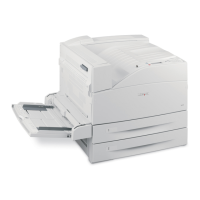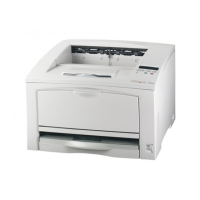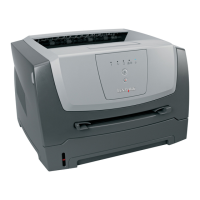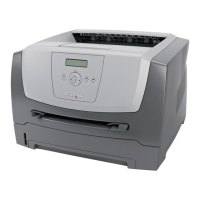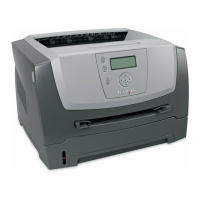186
59
Understanding fonts
A
font
is a set of characters and symbols created with a distinct design. The distinct design is called a
typeface
. The typefaces you select add personality to a document. Well-chosen typefaces make a
document easier to read.
The printer has numerous resident fonts in PCL 6 and PostScript 3 emulations. See Resident fonts
for a complete listing.
Weight and style
Typefaces are often available in different weights and styles. These variations modify the original
typeface so you can, for example, emphasize important words in text or highlight book titles. The
different weights and styles are designed to complement the original typeface.
Weight
refers to the thickness of the lines that form the characters. Thicker lines result in darker
characters. Some words commonly used to describe the weight of a typeface are bold, medium, light,
black, and heavy.
Style
refers to other typeface modifications, such as tilt or character width. Italic and oblique are styles
where the characters are tilted. Narrow, condensed, and extended are three common styles that
modify the character widths.
Some fonts combine several weight and style modifications; for example, Helvetica Narrow Bold Italic.
A group of several weight and style variations of a single typeface is called a
typeface family
.Most
typeface families have four variations: regular, italic, bold, and bold italic. Some families have more
variations, as the following illustration for the Helvetica typeface family shows:
Pitch and point size
The size of a font is specified as either a pitch or point size, depending on whether the font is fixed
space or proportional.
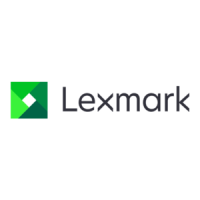
